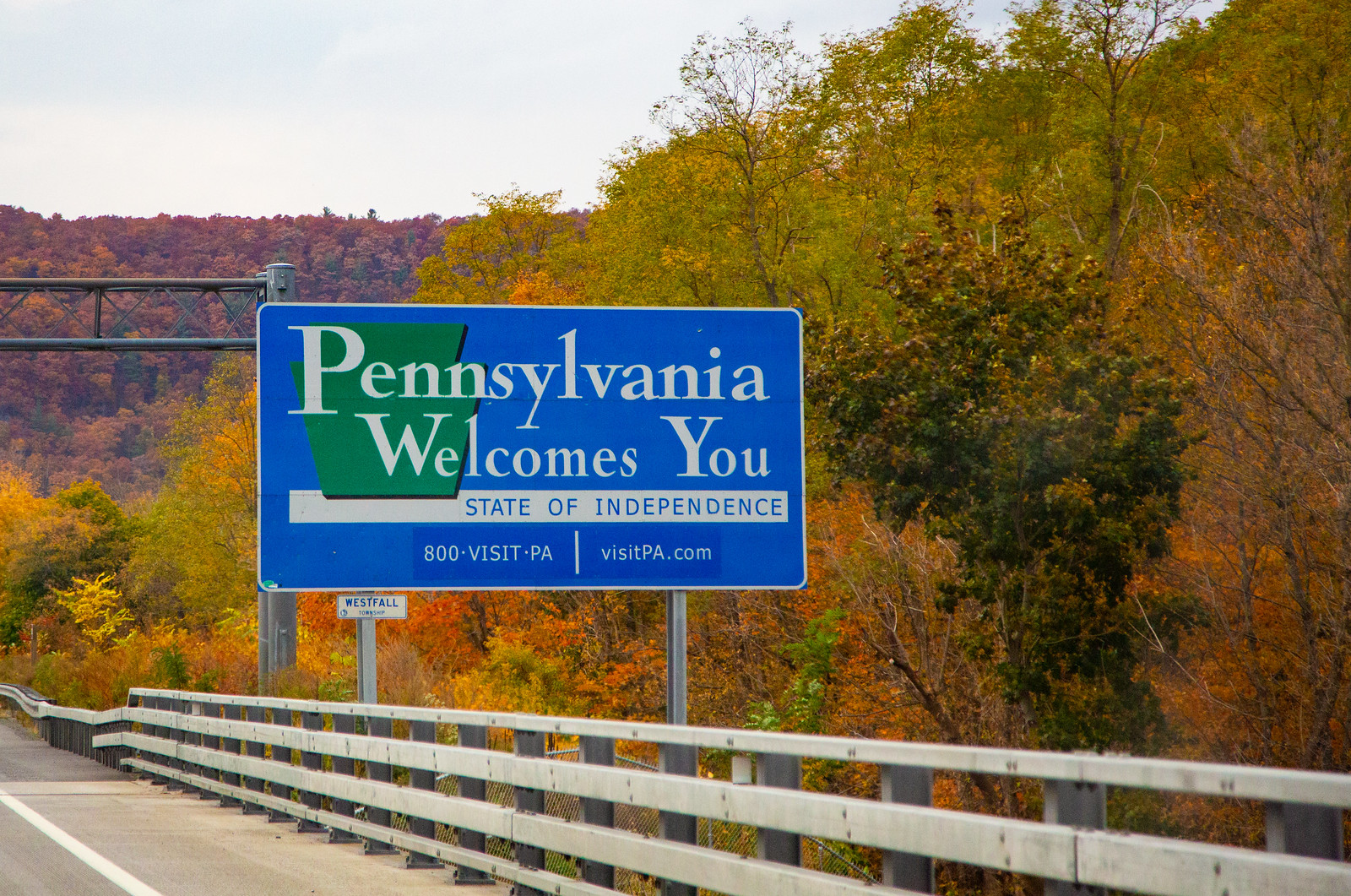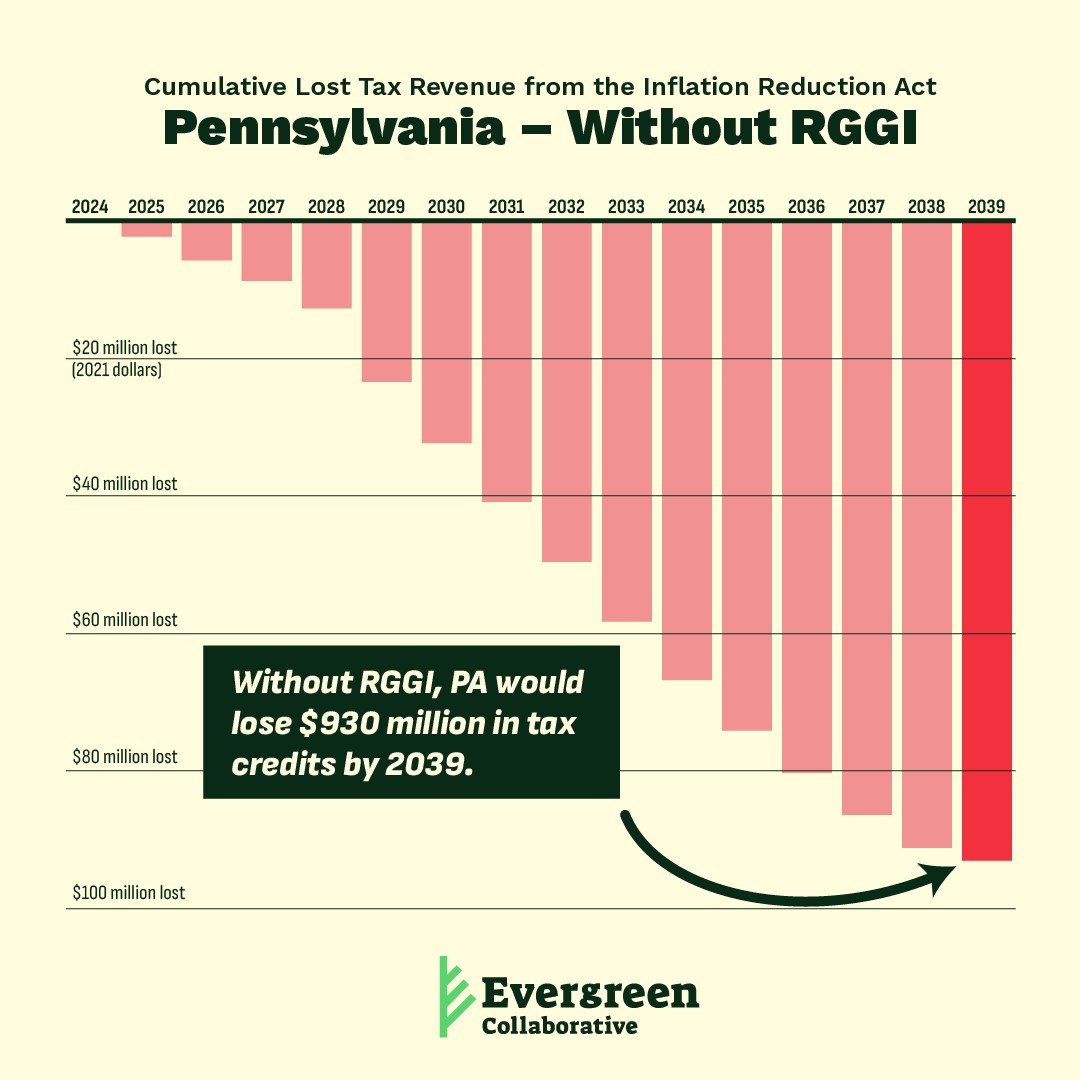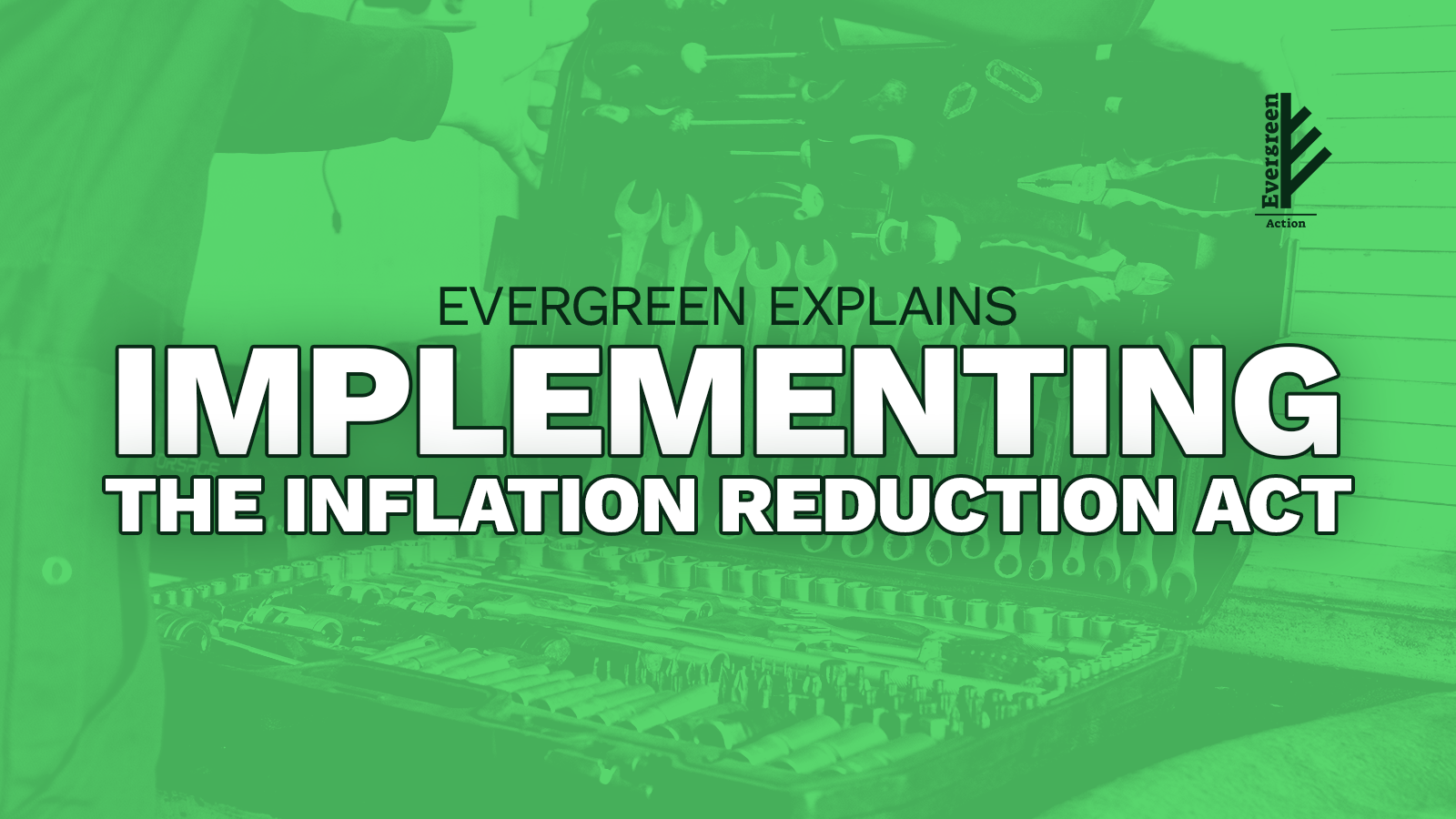In April of 2022, Pennsylvania became the twelfth state to join the Regional Greenhouse Gas Initiative (RGGI). Launched in 2005 and implemented in the first member states in 2009, RGGI was the first cap-and-invest program aimed at curbing carbon pollution from the power sector to be implemented in the United States. Under the program, power plants purchase allowances for each ton of carbon pollution emitted. To further cut pollution and reduce energy costs, proceeds from these auctions can fund investments in areas such as clean electricity, sustainable transportation, weatherization and energy efficiency. The market-based program design ensures least-cost, economically efficient emissions reductions while providing strong incentives to power producers to reduce climate pollution.
Pennsylvania’s entry into the program is currently on hold due to legal challenges and bad faith attacks by Pennsylvania fossil fuel interests.
But RGGI is critical to Pennsylvania’s efforts to lower energy costs, maximize the benefits of the Inflation Reduction Act (IRA), and reduce climate pollution. New analysis from independent modeling firm Synapse Energy Economics shows that RGGI can help Governor Shapiro meet his climate commitments, secure almost $1 billion of additional federal investment, and lower energy costs across the Commonwealth.
RGGI’s record of success
RGGI sets a declining cap on carbon dioxide (CO2) pollution from all electric generators with capacity of 25 megawatts (MW) or greater. Since its launch, RGGI participating states have successfully reduced their power emissions by more than 50 percent while investing over $3 billion to transition their state economies to a clean energy future. Each state has the power to utilize the revenues to meet their own climate and clean energy needs and interests. RGGI states have invested most of their revenue in energy efficiency, renewable energy projects, other projects like transportation electrification, and direct bill assistance for consumers.
Importantly, by capping emissions and significantly increasing investment in a clean energy economy, RGGI has unlocked transformative benefits for the economies and residents of member states, contributing to reduced electricity costs, and fewer incidents of childhood asthma. Pennsylvania’s participation is a chance to grow and deepen its impact even further.
That’s why major employers in Pennsylvania support RGGI as a market-based system to accelerate emissions reduction while preserving Pennsylvania’s status as a leading power generator amid the clean energy transition.
RGGI can unlock more funding from the IRA
Governor Josh Shapiro has rightly made securing federal infrastructure and climate investments for Pennsylvania a top priority for his administration, setting ambitious goals regarding well plugging and deploying planning resources from the Climate Pollution Reduction Grants program. The bulk of the IRA’s climate investments come in the form of tax credits that significantly reduce the cost of clean energy projects while promoting strong labor standards and investment in energy communities. According to Synapse, without RGGI, Pennsylvania would forgo an additional $930 million in investment via the uncapped Investment Tax Credit and the Production Tax Credits.





